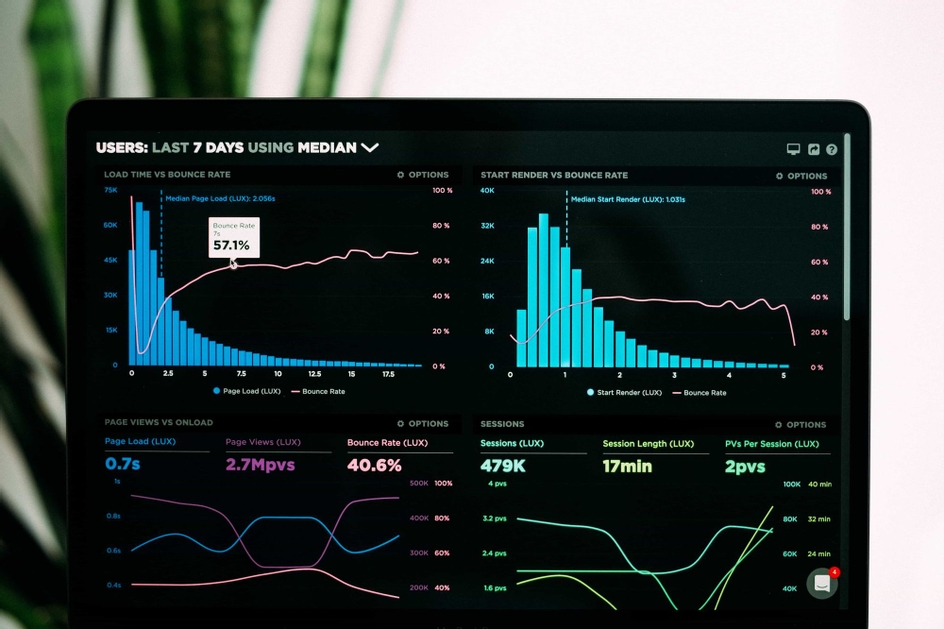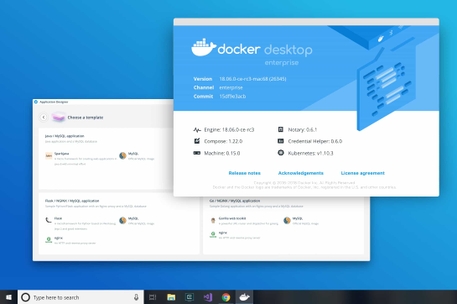This is a short paper I wrote for my Strategic Management class analyzing the digital marketing industry with a reference paper, and Porter’s Six Forces. Fairly different from a typical blog post, but you may find it interesting.
Attractiveness of the digital marketing industry?
Competition
The competitive landscape in the digital marketing industry is extremely rough for any player, because of the incredibly complicated set of relationships and types of companies that could be involved in the space. This is why the article “Huge and Digital Strategy” (Casadesus-Masanell, R., & Karvounis, N. G., 2011) referenced the Harvard Business Review website “hbs.hugeinc.com” to present the complicated task of understanding the space. The following info-graphic displays the relationships present in 2011.

This info-graphic was followed by the “two possible futures” where we would either see Full-Service Digital agencies dominating the rest, or traditional media wresting control and taking over the multi-platform responsibilities of full-service digital agencies.
Firstly, just considering the sheer number of companies involved in this landscape make it a competitive environment. The size of these companies also varies greatly; you have large multinationals who do PR and Advertising like WPP, large management consulting firms like McKinsey, BCG, and Accenture and then a myriad of small digital marketing studios (Casadesus-Masanell, R., & Karvounis, N. G., 2011). Having to compete in different ways with each of these and watching out for innovations from any of them make this a highly differentiated, and turbulent industry.
New Entrants
The threat of new entrants to the digital marketing space is big due to the sheer number of paths available to them. The digital marketing industry is also growing quickly and claiming much of the traditional media space, as predicted in the “two possible futures” section of the “HUGE Competitive Landscape” (Maddala, C., 2017). The following graphs show this in action.


The different paths available make new entrants particularly dangerous. As mentioned in “HUGE and Digital Strategy” highly specialized companies such as HubSpot can quickly make a niche in a specific part of an industry, and this can quickly destabilize one of your main business units. For instance, if you’re a firm that specializes in small business marketing using local radio, TV, and billboards; a professional writer/blogger can come along and offer your client a content marketing strategy online, which may both be cheaper, and more effective than your advertisements because of their highly differentiated and sincere form of advertising.
Buyers
The buyers in the digital marketing space are huge as almost every company spends a large amount on advertising and referring back to the “US Online and Traditional Media Advertising Outlook” infographic, digital advertising is the biggest space for that. The issue for buyers is that there are so many, and they are all competing with each other, making them an effectively unlimited commodity. If one firm decides not to use your agency, there’s many more firms available for you to capture, limiting buyer power.
Suppliers
Your relationship with suppliers depends heavily on the type of digital marketing agency you are. For example, if you are an agency that does high-quality Facebook advertisements, then Facebook has effectively unlimited power when it comes to what you can do. Also, they can impose whatever cut of your client’s advertising value they want. However, if you are a HubSpot-CRM type firm, you have very little in the way of suppliers; mostly just being your server costs and the like. This is a hard category to evaluate due to the potential differences.
Substitutes
The threat of substitutes to the digital advertising are high, but they are shrinking, and for certain businesses within the industry, the threat of substitutes is extremely low. For example, many standard online advertisements can be replaced with a TV ad or billboard. Content marketing isn’t as easy to pull off when you’re not in an online context as an example.
Complements
There is an extremely strong complements market in the digital marketing space, and the nature of these depends strongly on the business you operate in the digital marketing space. For example, HubSpot complements individual writers who want to provide content marketing services, but they are substitutes to traditional SMB (small-midsize business) advertisers.
Assessment of Digital Marketing Industry
From my analysis one can understand that due to the incredibly diverse nature of businesses encapsulated in the “Digital Marketing Industry”, it is extremely hard to make general statements in regard to most of Porter’s forces. The power of suppliers, substitutes, and complements is heavily dependent on the type of digital marketing business you operate. However, the competitive landscape, as well as the threat of new entrants, and the commoditization of buyers is a constant among almost all digital marketing firms.
Based on the analysis I would say that the industry is potentially very attractive when it comes to new entrants to form a niche, and the constant growth in demand will open up space for these new entrants. However, when it comes to existing players, the industry is very fast moving, unpredictable and constantly subject to change (Casadesus-Masanell, R., & Karvounis, N. G., 2011). This can also be a problem for the new entrants, but less so, because as a small organization you are typically quicker to change, while steering the ship of a multinational giant can be significantly more difficult. I would also say that big firms that are highly specialized and differentiated like HubSpot are safer than big firms that provide a relatively undifferentiated set of products in relation to their competitors. These would include most traditional advertising and PR agencies such as WPP who dabble with digital advertising, without making the investments to be true competitors in the space (Bond, 2018).
The digital marketing industry is attractive for new, fast moving, and differentiated firms, but unattractive for large, and undifferentiated firms, as distribution isn’t a big selling point online, as everyone has almost effectively equivalent distribution potential on the web.
References
Bond, S. (2018, March 02). WPP squeezed by advertisers and digital disruption. Retrieved February 6, 2019, from https://www.ft.com/content/15c7814a-1e3b-11e8-956a-43db76e69936
Casadesus-Masanell, R., & Karvounis, N. G. (2011). HUGE and Digital Strategy. Harvard Business School Case,712(442).
Maddala, C. (2018, August 29). Digital Marketing Industry in 2018 [Infographic]. Retrieved February 6, 2019, from https://digitalready.co/blog/digital-marketing-industry-in-2018-infographic
HUGE Competitive Landscape. (2011). Retrieved February 6, 2019, from http://hbs.hugeinc.com/growth/
US Online and Traditional Media Advertising Outlook, 2017-2021. (2017, July 10). Retrieved February 6, 2019, from https://www.marketingcharts.com/television-79007



